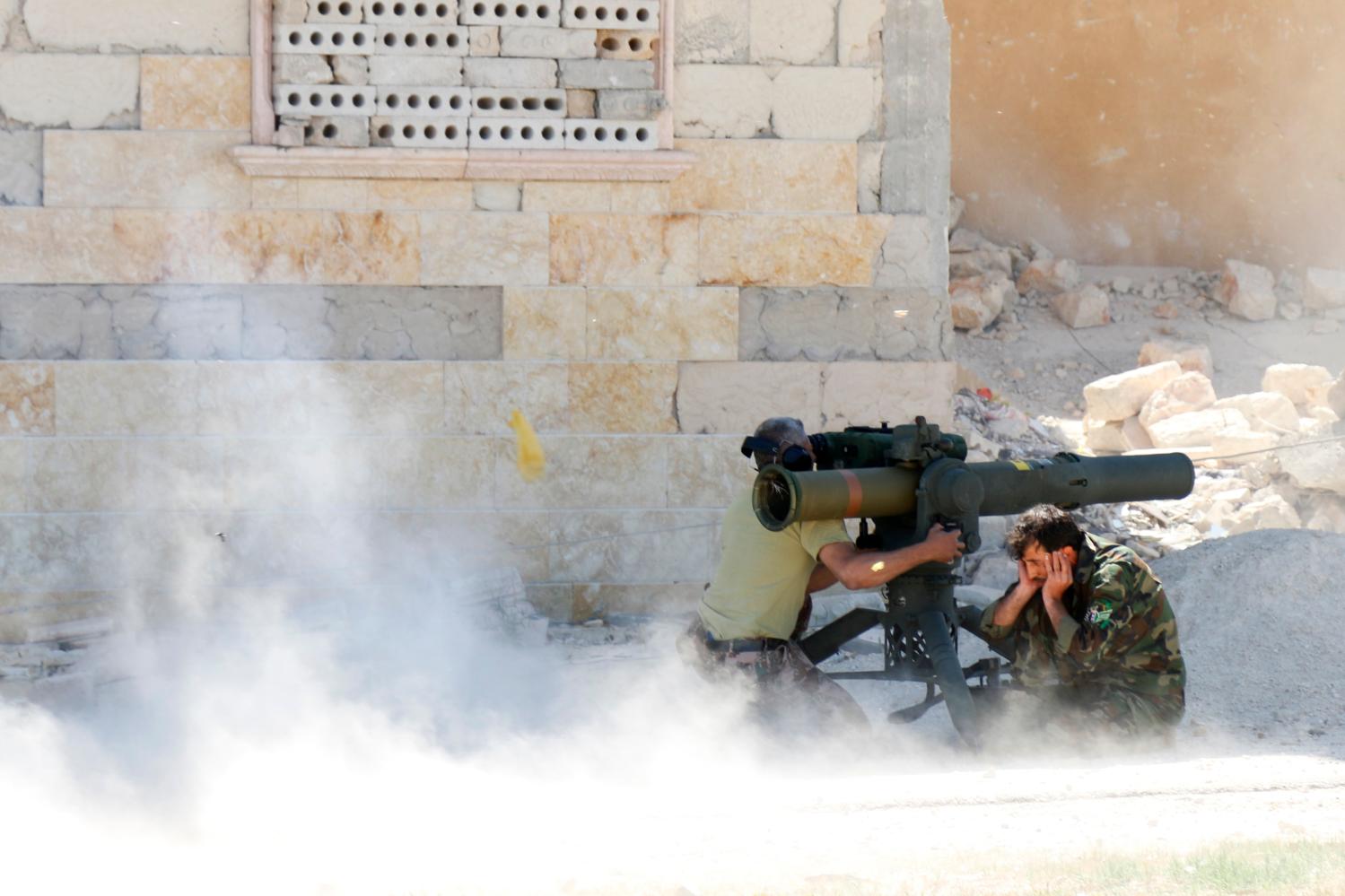Content from the Brookings Doha Center is now archived. In September 2021, after 14 years of impactful partnership, Brookings and the Brookings Doha Center announced that they were ending their affiliation. The Brookings Doha Center is now the Middle East Council on Global Affairs, a separate public policy institution based in Qatar.
The Syrian uprising has changed significantly since the first signs of localized armed resistance began emerging in late April 2011. Western states and regional countries opposed to President Assad’s rule failed to manage the formation of an organized and representative political and military opposition body over the past three years. Instead, fragmentation of first the opposition, and then the conflict as a whole, has come to pose numerous serious threats to regional and international security and stability.
In a new Policy Briefing by the Brookings Doha Center, Charles Lister analyzes the Western-backed opposition, the spreading influence of jihadi militants, and the evolving capabilities of pro-government forces. With a definitive military victory seemingly out of reach for all sides of the conflict, Lister argues these parties will remain at a standoff until a political solution is reached. However, as armed groups multiply on either side, even an agreement between government and opposition will be unlikely to end the violence.
Lister concludes that Western and regional countries should focus on two core policy objectives. First: the international community should bolster a cohesive opposition that can challenge the Assad regime in battle as well as in negotiations. Second: the international community should aid Syria’s neighbors in managing the violent spillover of the conflict, particularly curtailing the potential for Syria-based jihadi groups to expand their operations beyond the country.
The Brookings Institution is committed to quality, independence, and impact.
We are supported by a diverse array of funders. In line with our values and policies, each Brookings publication represents the sole views of its author(s).



